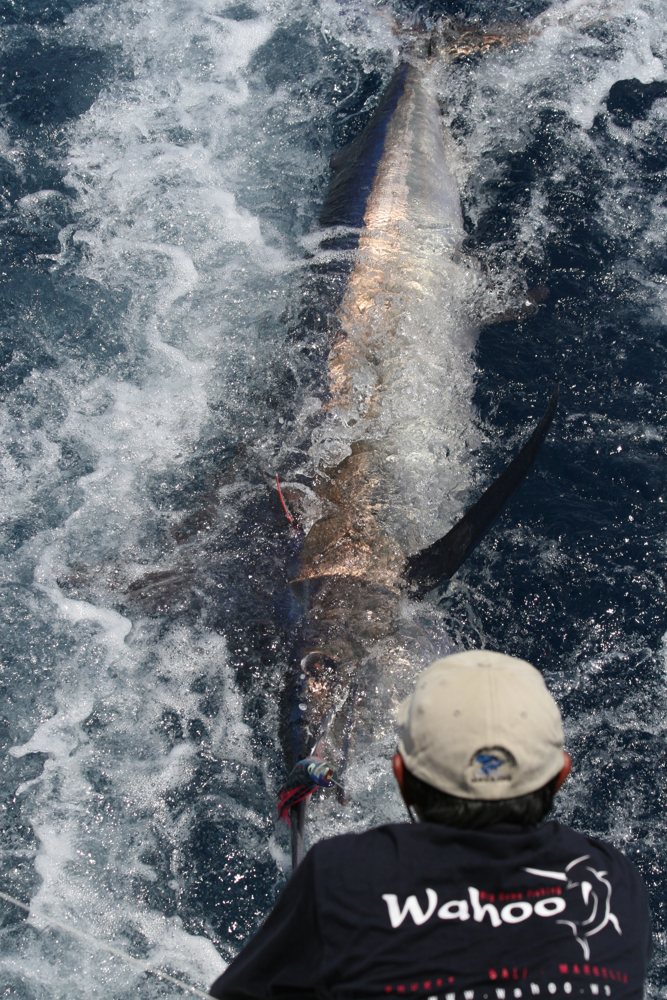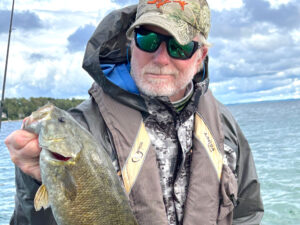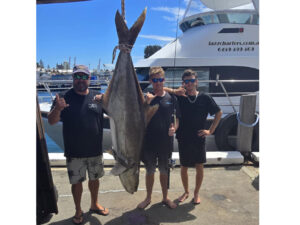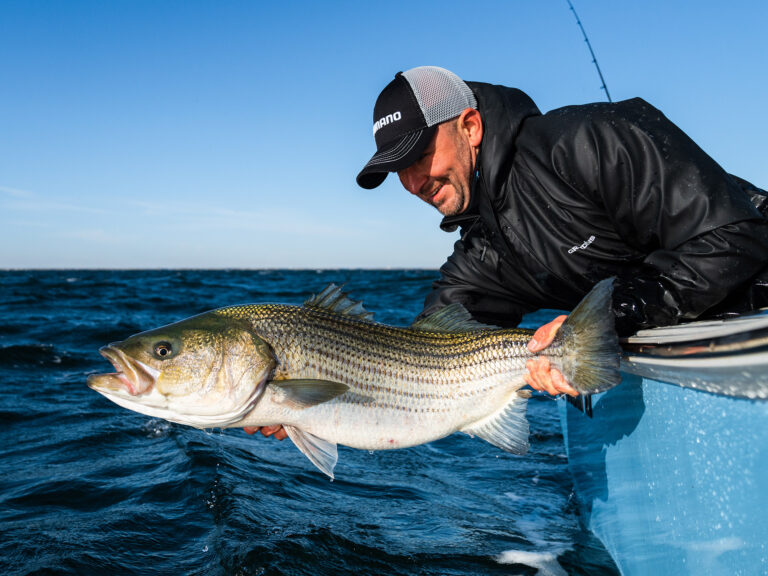
About 86 percent of billfish released alive will survive, and this is true no matter how they’re caught — on light gear, on heavy tackle or even on commercial longlines.
Those are among the most striking findings in “Post-Release Mortality in Istiophorid Billfish” (at press time accepted for publication in the Canadian Journal of Fisheries and Aquatic Sciences ).
Rather than conduct new research on billfish, a group of pelagic fisheries scientists performed a meta-analysis of existing data from 46 different tagging/tracking studies that measured the release mortality of billfish. Those studies entailed 400 pop-up satellite archival tags and 64 acoustic (ultrasonic) tags involving most species of billfishes (family Istiophoridae: marlins — blue, black, striped and white — plus sailfish and spearfish).
But many of those studies had very small sample sizes; small studies give this overview less statistical power. Ultimately, larger tagging studies are needed with a larger sample size (but satellite and acoustic tagging studies don’t come cheap, ergo they don’t come often).
Still, this effort produced surprises: The authors hadn’t expected to find that billfish survive release at a high rate no matter the species, how caught and handled, or how long the fish were hooked. The actual range of release mortality predicted by the meta-analysis with 95 percent confidence is 10.3 to 17.6 percent. With a bit of rounding, the mean suggests that 14 percent of all species considered together do not survive release.
I had trouble wrapping my head around the idea that billfish — obligate ram ventilators that must swim to respire — would survive release from longlines at the same rate as, say, tournament-caught fish.
The study’s lead author, Michael Musyl, with the Pelagic Research Group in Honolulu, agreed, acknowledging his “surprise [that] there were no significant differences in post-release mortality rates between gear types and species.
“I had expected … longline-captured fish would suffer higher mortalities,” Musyl told me. Moreover, “factors like tournament fishing, line class, body size, resuscitation, latitude and others also made no apparent difference in mortality rates.”
The study’s authors cite their findings as evidence that releasing billfish is “a viable management option to allow fishing activity while protecting parental biomass and the fishery.” That might not surprise most blue-water anglers, who are used to seeing most of their released billfish swim strongly away. But, again, it seems surprising that roughly 86 percent of billfish released from longlines also survive. Keep in mind that this pertains only to those billfish still alive on the longline when pulled to the boat; roughly half are DOA by that time.
From a fisheries-management standpoint, 14 percent release mortality could be considered beneficial. From the perspective of this recreational fisherman who — like the vast majority of offshore anglers — hopes to kill zero billfish, it bothers me. If I apply that mortality rate to my fishing, then one in every seven billfish I bring to the boat won’t survive. If I truly believed that I caused the death of one of seven marlin or sails I caught, I wouldn’t feel so good about fishing for them.
But I have to believe that gear type, among other factors, does matter. For example, John Graves, professor of marine science at Virginia Institute of Marine Science and one of the world’s leading experts on billfishes, has cited VIMS research showing that ballyhoo on J hooks resulted in 35 percent mortality in 29 white marlin after release; of 59 marlin caught on circle hooks, one died post-release, for a mortality rate of only 1.7 percent.
For now, at least, Musyl’s “study of studies” suggests that it makes sense to require longliners to make every effort to release those billfish they don’t bring up dead, with odds for survival pretty high.
And for now, when I’m targeting billfish, that 14 percent morality figure will loom in my mind, but so will 1.7 percent. I’ll keep fishing and enjoy it, but I’ll look for more information down the road — Musyl, et al., updating their study with new data, and researchers like Graves conducting statistically powerful research that will help us understand more certainly at what rate billfish survive the hook, and what most helps them do so.








